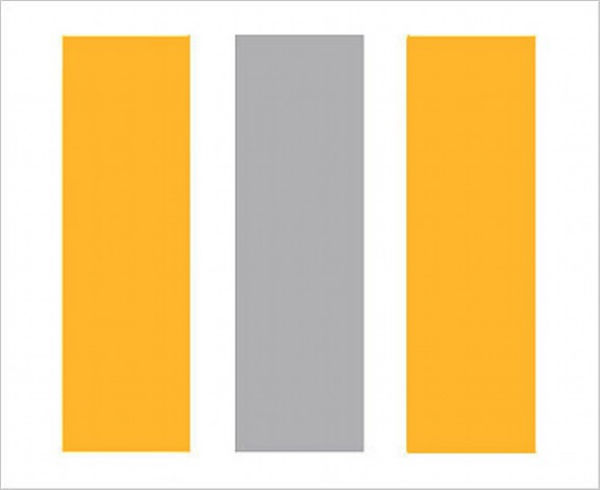Art World
Market Snapshot: John McLaughlin
Big sales and new scholarship bring heat to the father of Cool California minimalism.

Big sales and new scholarship bring heat to the father of Cool California minimalism.

John McLaughlin
American, (1898–1976)
Kohn Gallery
A forerunner of hard-edge abstraction, John McLaughlin’s rigorously reductive geometric compositions were inspired by European avant-gardists like Kazimir Malevich and Piet Mondrian, and by 15th-century Japanese brush painting, which he encountered while serving in Japan during World War II.
A mostly self-taught artist, McLaughlin didn’t begin painting full time until reaching middle age, when he settled in Dana Point, California. His meditative, compositionally spare paintings, which by 1952 were completely divested of all curves, posed an alternative aesthetic to the gestural sturm und drang of East Coast Abstract Expressionism. In 1959, Los Angeles Times art critic Jules Langsner and art historian Peter Seltz coined the term “hard-edge painting” to describe this distinctly West Coast brand of austere abstraction, a style McLaughlin pioneered alongside other California-based artists Karl Benjamin, Lorser Feitelson, and Frederick Hammersley.
With the recent surge of interest in West Coast minimalism inaugurated by the Getty Museum’s 2012 Pacific Standard Time initiative—which placed Southern California front and center as a hub of postwar art—McLaughlin’s market is hotter than ever.
“PST was a fantastic catalyst for West Coast minimalism,” Los Angeles dealer Michael Kohn told artnet News via email. “The interest has been widespread for a while now, with Professor Tom Crow giving lectures on postwar California art. So not only has the market seen a dramatic upswing in sales for California minimalism, but academia has also caught up with the market!”
“There has been a strong surge in McLaughlin’s market over the last two years,” he said. “I have had an easy time placing the work and a very hard time finding paintings to acquire!” Kohn’s enthusiasm is reflected in McLaughlin’s recent auction records. Each of the artist’s top five sales took place between 2013 and 2014. His top lot to date—a 1962 triptych titled #5, comprised of black and tan vertical panels—brought in $305,000, including the buyer’s premium, at Sotheby’s Contemporary Day Auction in 2013, more than triple the $70,000 high estimate.
Nevertheless, auction data only tells part of the story, cautions Susan Sheehan Gallery director Taylor Ruby, who has bought and sold McLaughlin’s work for many years. “Auction prices are not the only indicator of strong market interest,” she said, “…there is a long history of this artist’s work being placed in museums and important permanent collections. There has always been strong interest in his work—in fact, he had significant success during his lifetime.”
Kohn is confident that McLaughlin’s market still has room for growth. “His market and prices will slowly and surely keep rising,” he said. “There is no estate, and so it is hard to find a number of paintings in any one place. Nonetheless, a McLaughlin painting can hold its own with any East Coast example of minimalism.”
For more art market analysis, please visit artnet Analytics.